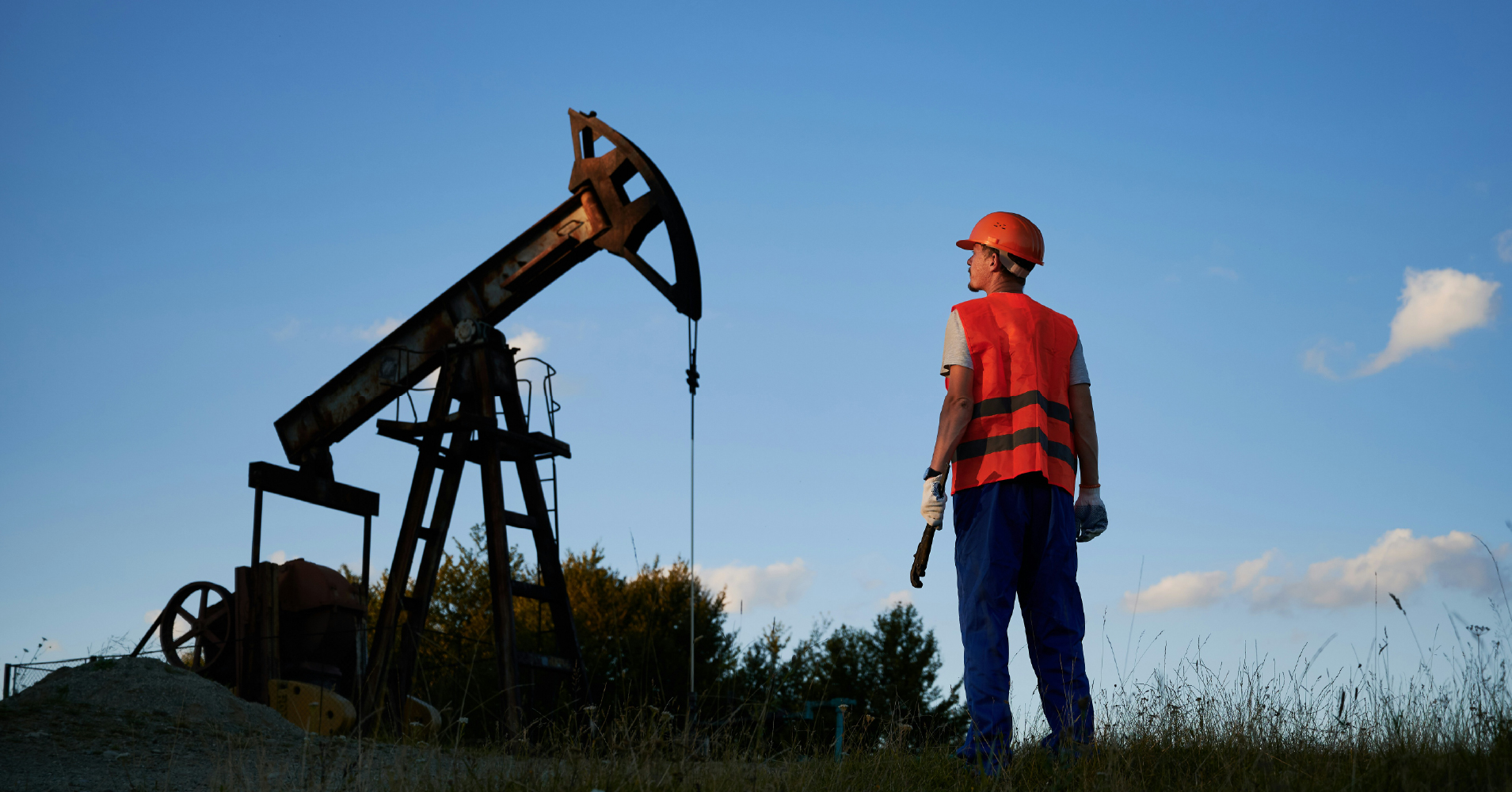
Oil well drilling is a complex and intricate process that lies at the heart of the oil and gas industry. It involves the extraction of crude oil and natural gas from deep within the Earth’s crust, enabling these valuable resources to be harnessed for energy production and various industrial applications. In this article, we delve into the intricacies of oil well drilling, exploring its key components, techniques, challenges, and environmental considerations.
The Importance of Oil Well Drilling
Oil well drilling is fundamental to the global energy landscape, serving as the primary means of accessing underground reservoirs of hydrocarbons. Crude oil and natural gas extracted through drilling provide the fuel and feedstock for a wide range of applications, including transportation, heating, electricity generation, and manufacturing. As the demand for energy continues to rise, the exploration and drilling of new oil wells are essential for meeting this growing need and ensuring energy security for future generations.
Critical Components of Oil Well Drilling
Oil well drilling involves several key components and stages, each of which plays a crucial role in the overall process. These components include:
Drilling Rig: The drilling rig serves as the central piece of equipment used to bore through the Earth’s crust and access underground reservoirs. It consists of various components, including the derrick, mast, drill string, and drilling fluid circulation system.
Drill Bit: The drill bit is the cutting tool attached to the end of the drill string. It rotates and penetrates the rock formations, creating a borehole through which oil and gas can be extracted.
Drilling Fluid: Also known as drilling mud, drilling fluid is a mixture of water, clay, and chemical additives that serve several purposes during drilling. It cools and lubricates the drill bit, carries rock cuttings to the surface, stabilizes the borehole walls, and helps control formation pressure.
Casing: A casing is a series of steel pipes inserted into the borehole to prevent it from collapsing and to isolate different formations. The casing also provides a pathway for the drilling fluid to circulate and helps prevent fluid migration between different geological layers.
Blowout Preventer (BOP): Engineers install the blowout preventer, a critical safety device, at the top of the wellhead. Its purpose is to control the flow of fluids during sudden pressure surges or blowouts, thereby minimizing the risk of a catastrophic well control incident.
Drilling Techniques and Methods
Oil well drilling employs various techniques and methods depending on the geological characteristics of the target reservoir and the specific requirements of the drilling operation. Some of the standard drilling techniques include:
Rotary Drilling: The most widely used method for drilling oil wells is rotary drilling. It entails rotating a drill bit connected to the end of a long drill string, which links to a rotary table on the drilling rig. As the drill bit rotates, it cuts through the rock formations, while operators pump drilling fluid down the drill string to cool and lubricate the bit and transport rock cuttings to the surface.
Directional Drilling: Directional drilling is a technique for deviating the borehole’s path to reach targets that are not directly beneath the drilling rig. Companies often employ this method to access reservoirs located beneath urban areas, bodies of water, or environmentally sensitive areas.
Hydraulic Fracturing: Hydraulic fracturing, or “fracking,” is a stimulation technique used to enhance the productivity of oil and gas reservoirs, particularly in unconventional formations such as shale. This process involves injecting a mixture of water, sand, and chemical additives into the reservoir at high pressure to create fractures in the rock, allowing oil and gas to flow more freely to the wellbore.
Challenges and Environmental Considerations
To ensure safe and responsible operations, we must address several challenges and environmental considerations inherent in oil well drilling. Some of these challenges include:
Environmental Impact: Oil well drilling can have significant ecological impacts, including habitat disruption, water and air pollution, and the release of greenhouse gases. Proper environmental planning, monitoring, and mitigation measures are essential to minimize these impacts and protect sensitive ecosystems.
Well Control: Maintaining control of the wellbore during drilling is critical to prevent blowouts and other health control incidents. Rigorous safety protocols, well-designed standards, and the use of advanced blowout preventer systems help mitigate the risk of health control failures.
Regulatory Compliance: Oil well drilling operations are subject to stringent regulations and permitting requirements at the local, state, and federal levels. Operators must ensure that they comply with these regulations to conduct drilling activities safely and in accordance with environmental laws and standards.
Oil well drilling is a complex and multifaceted process that plays a vital role in the global energy landscape. Operators can ensure the safe, efficient, and responsible conduct of drilling operations by understanding the key components, techniques, challenges, and environmental considerations associated with drilling. As the demand for energy continues to grow, the responsible development of oil and gas resources through drilling will remain essential for meeting the world’s energy needs while minimizing environmental impacts.